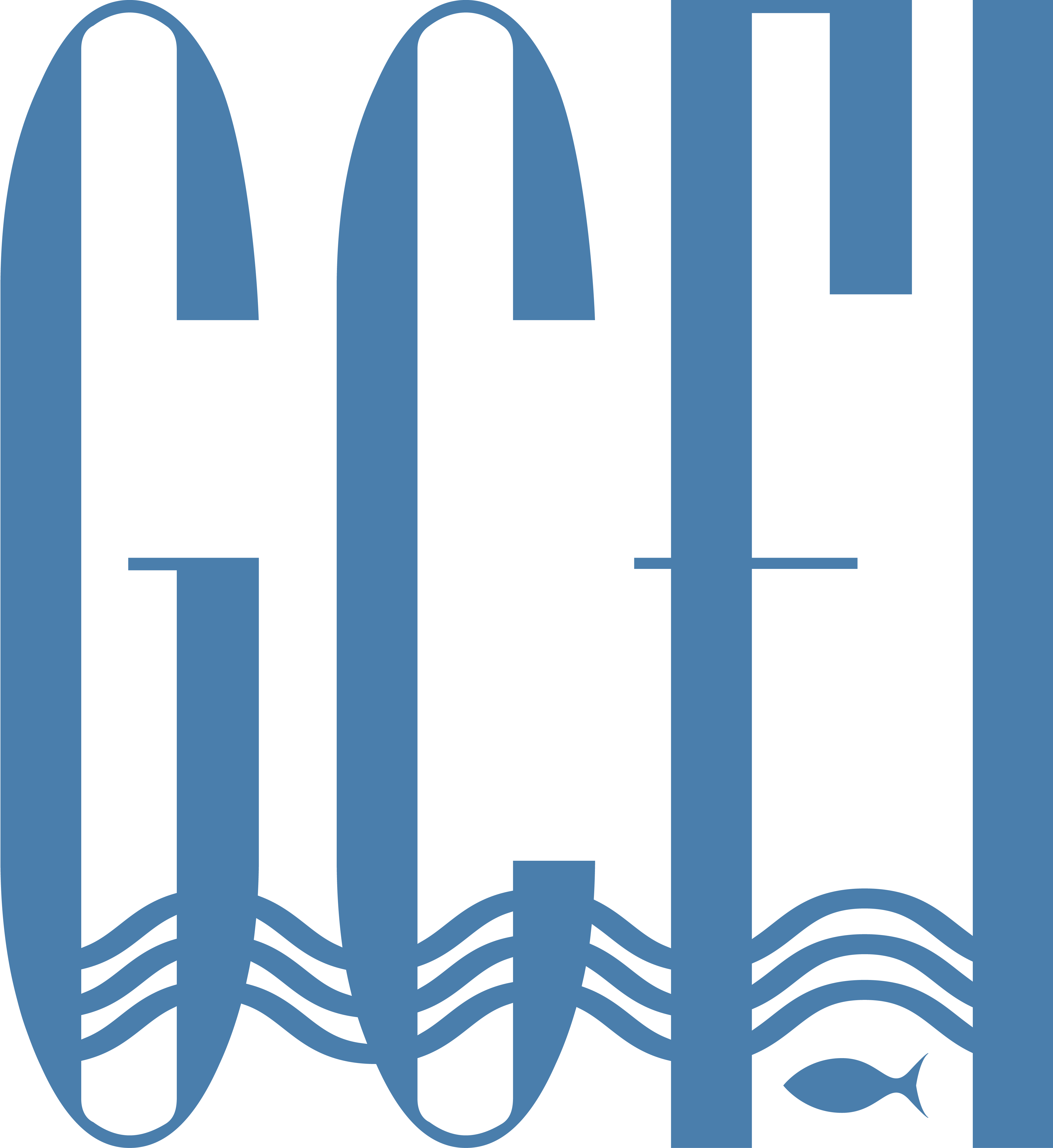Home > GCR > Vol. 31 > Iss. 1 (2020)
Alternate Title
Lake or Estuary? Sedimentary and Benthic Foraminiferal Characterization of a Gulf of Mexico Coastal Dune Lake
Document Type
Short Communication
Abstract
Coastal dune lakes are shallow estuaries located within dune environments that share a permanent or intermittent connection with the sea. Because coastal dune lakes are found in few locations worldwide (e.g. Australia, New Zealand, Florida, etc.) they represent unique environments worthy of protection. However; there is a distinct lack of scientific data related to the function and ecology of coastal dune lakes, especially in the Gulf of Mexico. Therefore, the purpose of this study was to characterize the sedimentology and foraminifera of a representative coastal dune lake in Walton County, FL (i.e. Eastern Lake) and determine whether it shares geologic similarities with nearby estuaries. Ten Ekman sediment grab samples were collected along a transect spanning the length of Eastern Lake. The samples were processed to determine sedimentary properties and foraminiferal assemblages. Results from the sedimentary and foraminiferal analyses reveal 3 distinct depositional environments including: (1) a coarse grained, moderately well sorted, organic poor, sandy beach facies with both agglutinated and calcareous foraminifera, (2) a fine grained, very poorly sorted, organic rich central mud basin facies with mostly calcareous foraminifera, and (3) a coarse grained, poorly sorted, organic rich sandy marsh delta facies dominated by agglutinated foraminifera. These environments and foraminiferal patterns are also found in much larger nearby estuaries including Choctawhatchee Bay, Pensacola Bay, and Mobile Bay. Our results therefore suggest that coastal dune lakes may serve as down-scaled micro-estuaries and are functionally related to larger estuaries of the Gulf Coast despite their size.
First Page
SC46
Last Page
SC52
DOI Link
Accepted revision cover letter
Bellais et al. edited AB 01112021.docx (65 kB)
Accepted manuscript revisions
Figure 1.png (1316 kB)
Figure 1
Figure 2.png (246 kB)
Figure 2
Recommended Citation
Bellais, K. C., S. T. Barber, D. A. Beebe and M. W. Clark.
2020.
Lake or Estuary? Sedimentary and Benthic Foraminiferal Characterization of a Gulf of Mexico Coastal Dune Lake.
Gulf and Caribbean Research
31
(1):
SC46-SC52.
Retrieved from https://aquila.usm.edu/gcr/vol31/iss1/19
DOI: https://doi.org/10.18785/gcr.3101.18





